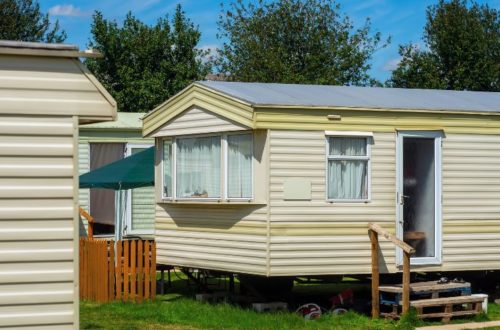Techniques to Protect your Home in the Summer

We realize the need for a good insulation of our apartment when we think of the cold of winter, but just as necessary is the heat of summer. And it is that the high temperatures of summer put our patience to the test – that irritation caused by heat – and our houses.
- The double glazing will be a good ally for the thermal comfort of the house.
- Ventilate the house in the mornings and at night, when the temperature drops.
- Avoid direct sunlight on the crystals as much as possible
To protect your home in the summer you can opt for a complete range of windows films made from using high-grade materials. It’s best to ensure that these windows meet international quality standards. For this opt for companies who offer windows tinting with the best quality.
1. Ventilate the House
Ventilating the house is necessary for the mornings and evenings when the temperatures drop. It is also advisable to ventilate during the day if your home has cross ventilation, which basically consists of natural ventilation. Pay attention to the predominant direction of the winds and on which facades the sun gives to avoid that the air that enters is warmer than the one that comes out.
Windows, glass and closures it is advisable to install windows with double glazing because the windows are the part of the building where the most energy losses are recorded. The double glazing will be a good ally for the thermal comfort of the house. They also help considerably use of glasses that have low thermal transmission and low solar factor (ratio between the energy that enters a room through the glass and solar energy that impinges on the outer surface of said glass perpendicularly), or window profiles with bridge breakage thermal.
On the other hand, check the strips of the closures in the windows because they deteriorate over time. If they take off easily or you can feel the wind go through the closed window, they may need a refill. You can change them yourself if you remove them with hot water and clean them well before putting the new ones. Avoid direct sunlight on the crystals as much as possible. Exterior blinds or awnings will also help you maintain the home isolated.
2. Isolate the Floor
The floors are a source of energy loss in buildings that can reach values of 15%, especially those in contact with the land, with the outside or with unheated premises, such as garages or warehouses. There are materials that, in rehabilitation, help to improve the insulation of soils such as dry floors that incorporate thermal insulation in their plates, considerably reducing energy losses. Its placement is done quickly and easily without the need for drying times in its installation, as its name suggests.
3. Use door seals
The doors also act as insulators between different departments of the house and to the outside. You will noticeably improve its performance if you adjust its closure through weather strips, flexible strips of insulating material that you can install yourself. They are quite economical and give good results. It is important that the main door of the house has insulating properties, especially if it is directly outside.
On the doors of the interior, the criterion of keeping them open or closed has its pros and cons, so it will not be easy to have a general protocol of action. A wide thermal jump between different areas, between rooms or rooms, is very uncomfortable and unhealthy. With this premise as a basis, if there is only air conditioning in the living room, for example, it may be interesting to have the doors open while if there are several refrigerated rooms it may be convenient to close them to make the different needs independent.
4. Minimize the use of lights and appliances
It is not recommended to turn on lights to avoid the gloom caused by excessive zeal to prevent access to the sun through the windows. Not only will you be emitting more heat but you will also have to pay more for the electric bill. Let the light seep through the slits of the blinds. You can open the interior curtains because they are not good insulators and prevent the passage of light. If you have lamps with several bulbs, you can remove some or light only table lamps. The best technical solution can be a system of use of natural light that regulates the level of lighting depending on the contribution of natural light.
Appliances such as the oven, the dishwasher, the washing machine or the dryer also emit heat. It is better if you use them in the hours of less atmospheric temperature and when you do not have to stay in the kitchen. Using highly energy-efficient appliances will favor savings.
Would you like to receive similar articles by email?





